Apple rolled out four separate smartphone models at its October 13 launch event. That’s the largest range we’ve ever seen from the company.
While the iPhone 12 itself is the expected mainstream front runner, the iPhone 12 mini provides something excitingly new. Not only is it a very small phone at a time when such things are as rare as hen’s teeth, but it also manages to shrink things down without compromising on features or specifications.
All of which begs the question: is the iPhone 12 really the best option for most people? Or is Apple’s smaller, cheaper alternative a better buy?
iPhone 12 vs iPhone 12 mini price and availability
The iPhone 12 hit shops on October 23, while the iPhone 12 mini landed a little later on November 13.
Prices for the iPhone 12 start from $799 / £799 / AU$1,349 for the 64GB model, edging up to $849 / £849 / AU$1,429 for 128GB and $949 / £949 / AU$1,599 for 256GB.
The iPhone 12 mini’s pricing structure is broadly similar, starting at $699 / £699 / AU$1,199 for the 64GB model and moving up to $749 / £749 / AU$1,279 for 128GB and $849 / £849 / AU$1,449 for 256GB.
Essentially, then, you’re paying a $100 / £100 premium for the iPhone 12 over its little brother. This makes the iPhone 12 mini the affordable entry point to the wider series, and the true pound for pound (and dollar for dollar) successor to the iPhone 11.
Design
This is perhaps the easiest design comparison we’ve ever had to consider. In a nutshell, the iPhone 12 mini looks and feels nigh-on identical to the iPhone 12. It’s just smaller and lighter.
Taking more cues from the iPhone 5 than from the iPhone X, both phones have flat, right-angled surfaces and sharp corners. There’s an industrial feel to them that we really like, though they’re less comfortable to hold for long periods than the iPhone 11 series.
At 131.5 x 64.2 x 7.4mm, the iPhone 12 mini is about 15mm shorter and 7mm narrower than the iPhone 12, with exactly the same thickness. This actually makes the mini feel a little chunkier than its big brother, proportionally speaking.
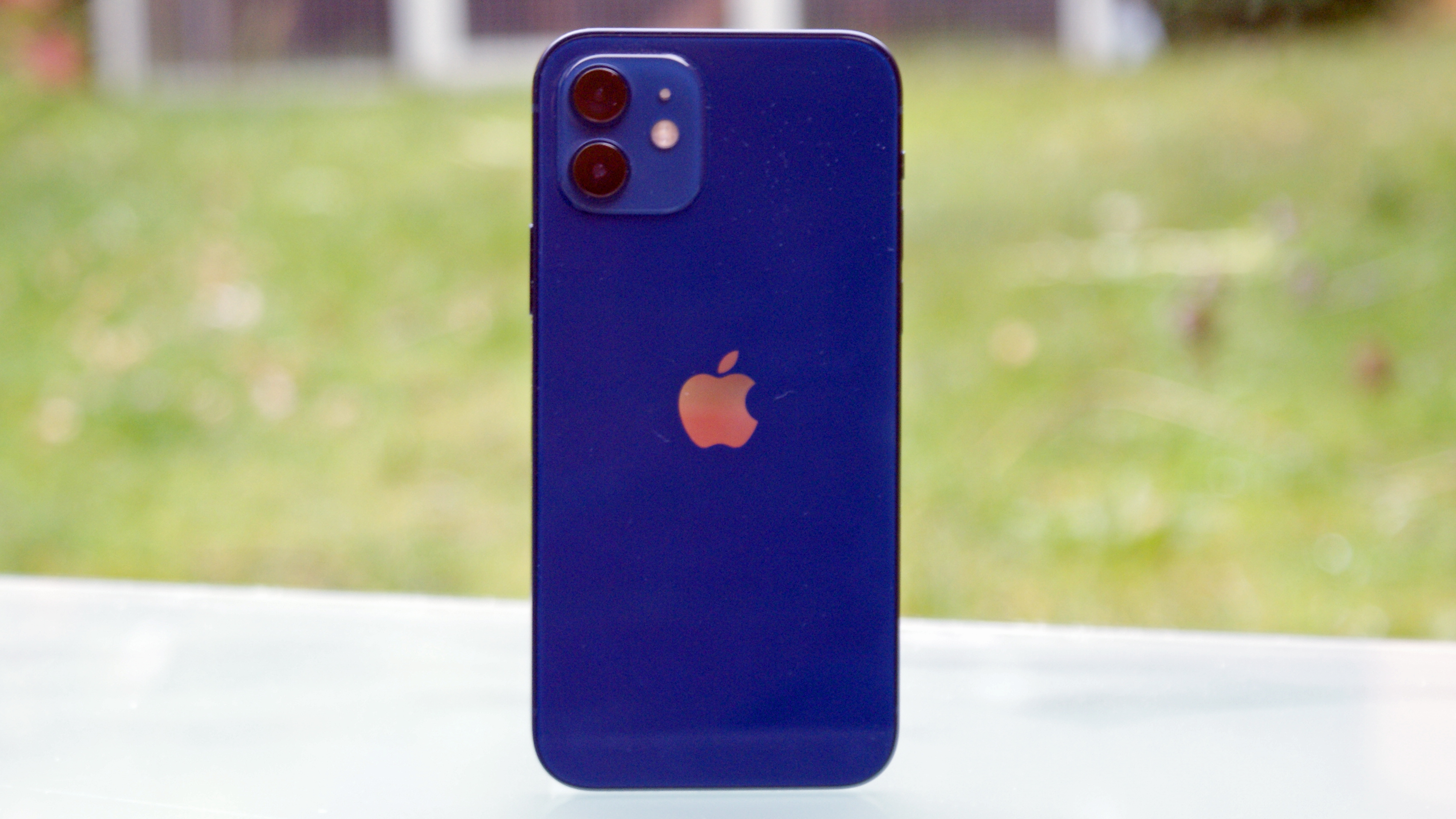
There’s a 29g weight difference between the two, with the iPhone 12 coming in at 164g and the iPhone 12 mini at 135g. Neither is what you’d call a heavy phone, and both slip unassumingly into a pocket or small bag.
The materials list is identical between these two handsets. Both feature matte aluminum frames in the same black, white, red, green, and blue shades. These are sandwiched between shiny glass surfaces, with the same toughened nano-crystalline Ceramic Shield screen technology providing a 4x protection boost to the front.
Both phones have secured an IP68 rating, which means you could dunk them in six meters of water for up to 30 minutes, and neither would emerge any worse for wear.
Display
Both phones use the exact same Super Retina XDR OLED screen technology, only - you guessed it - the iPhone 12 mini's display is smaller than the iPhone 12’s.
With the iPhone 12 you’re getting a 6.1-inch display, while the iPhone 12 mini gives you 5.4 inches of real estate. We wouldn’t call the iPhone 12 a big phone, as its display doesn’t come anywhere near the top of the smartphone screen size table. Still, the mini would be right near the bottom of such an imaginary chart.
We find that we’re comfortably able to reach all four corners when using the iPhone 12 mini one-handed, which isn’t possible with the iPhone 12. Conversely, widescreen media content looks better on the larger phone, simply because of the extra space.
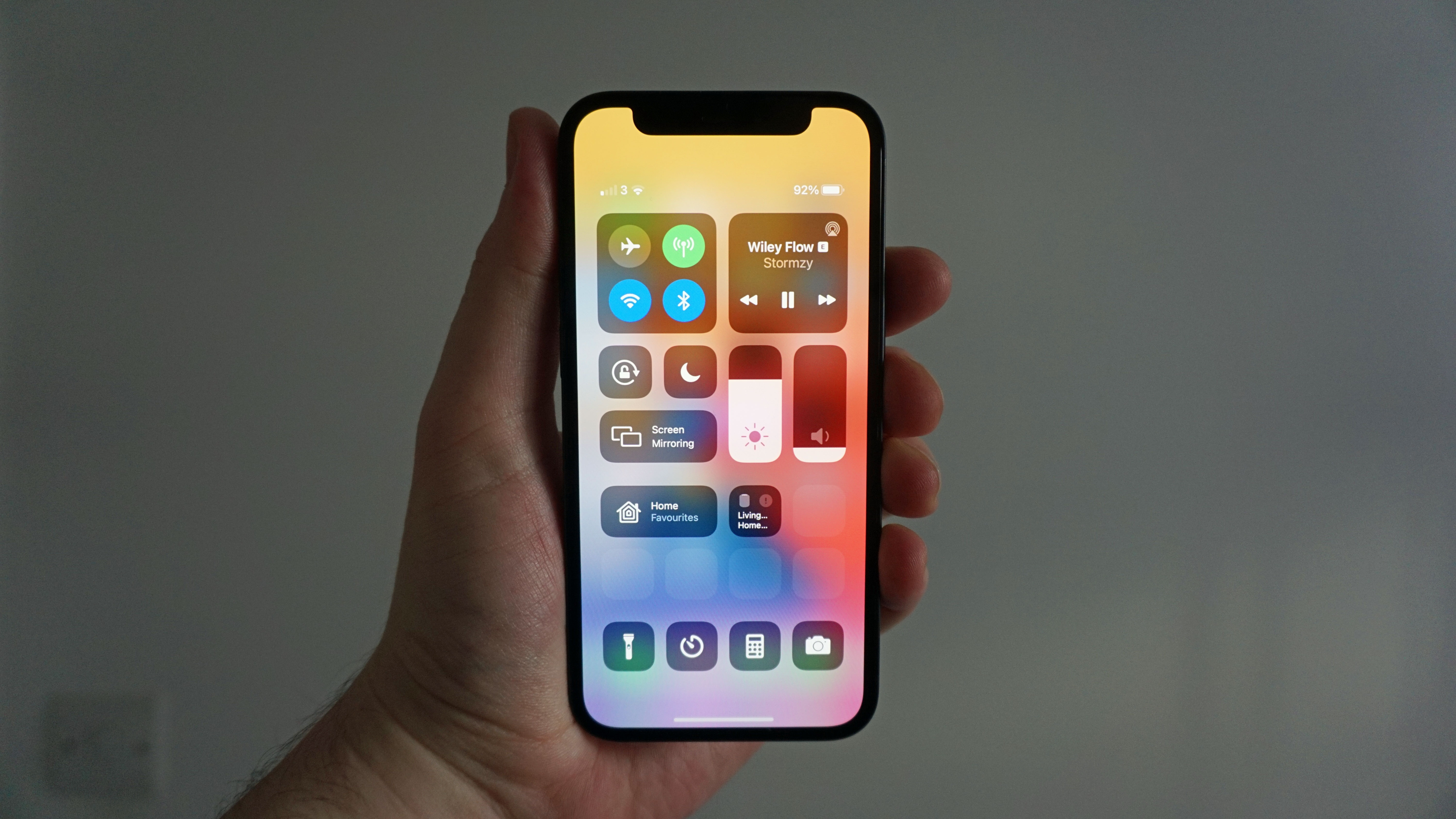
Not that the iPhone 12 screen is any sharper. With a resolution of 1170 x 2532 compared to the mini’s 1080 x 2340, it’s actually less pixel dense. While the iPhone 12 achieves 460 pixels per inch, the smaller phone manages 476, making it technically the sharpest display in the whole iPhone 12 family.
Both phones hit the same typical brightness of 600 nits, with a peak setting of 1200 nits. That’s plenty bright enough, though generally lower than most Android flagships.
But the biggest shortfall both screens suffer from is the lack of a higher refresh rate. Both are stuck at 60Hz, which is well short of their 90Hz and 120Hz Android rivals. We’d argue that this omission is more forgivable in the smaller, cheaper iPhone 12 mini, however.
Camera
It’s difficult to slip a complementary Apple sticker in between these two phones in terms of design and display quality. But that gap seems like a yawning chasm when you weigh the differences between the two camera systems.
Quite simply, there are none. Nada. Zilch. The iPhone 12 mini uses the exact same dual-camera system as the iPhone 12, which is something of a small wonder, because we’re talking about one of the very best smartphone camera setups around.
In both cases you get two 12MP sensors, comprised of one f/1.6 wide sensor and one f/2.4 ultra-wide sensor. The latter takes really good 120-degree shots for when you want a wider perspective.
But the real star of the show is that main sensor, which is among the most capable automatic shooters out there. Even the iPhone 12 Pro Max wasn’t able to dramatically improve upon this offering by massively upsizing the sensor.
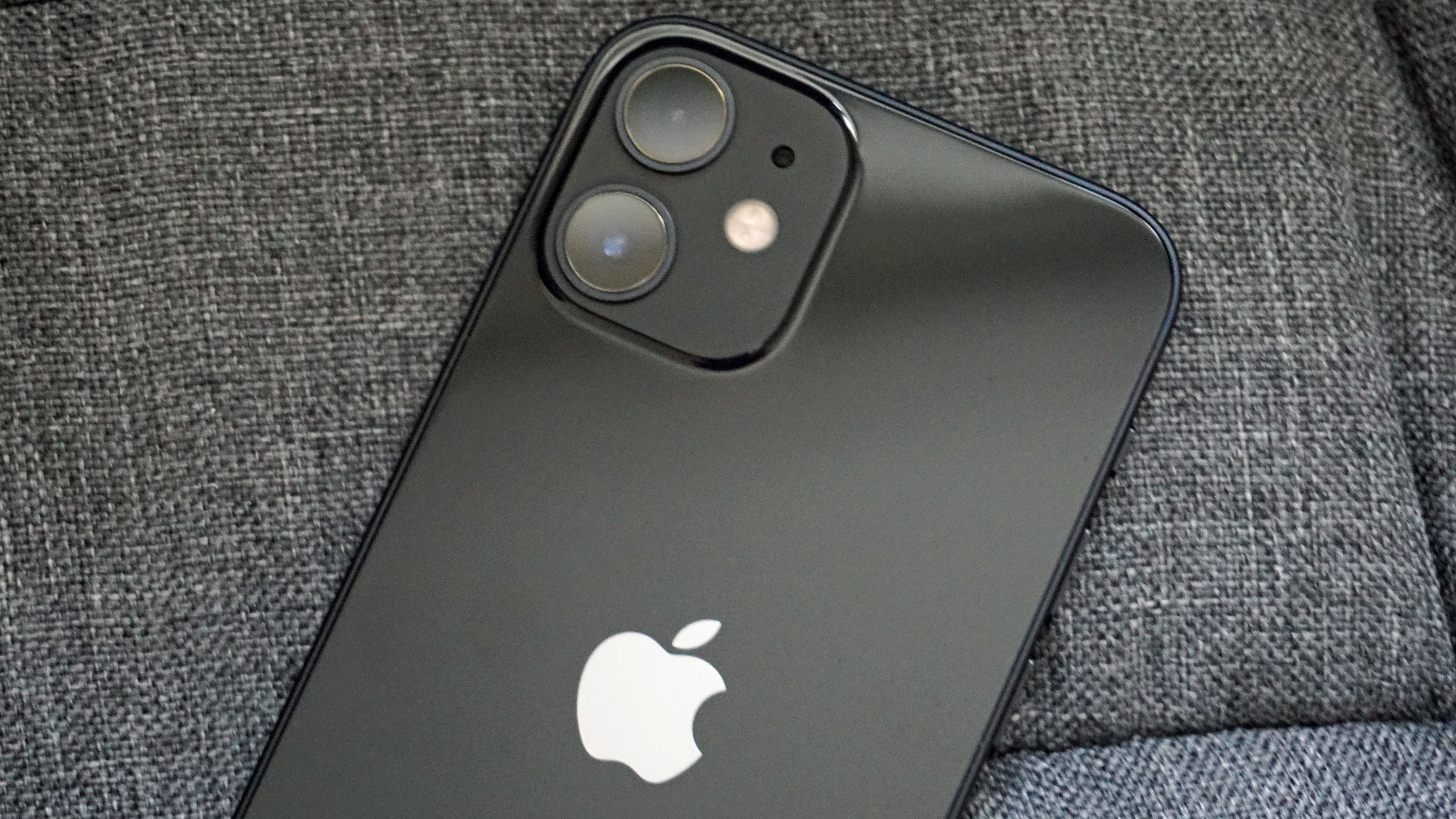
That’s a testament to Apple’s image processing algorithms as much as anything. No manufacturer captures the essence of a scene so well and so consistently through a simple point and shoot process, other than possibly Google.
Apple has improved its low light calculations considerably for the iPhone 12 range, too. All three cameras (including the 12MP selfie cam) here can capture Night Mode shots, which are among the clearest and crispest of any smartphone. This has been integrated seamlessly too, so you don’t need to select a separate mode whenever the light drops.
There is something missing from both camera systems in the form of a dedicated telephoto lens. You’ll have to upgrade to the iPhone 12 Pro if you want pin-sharp zoomed shots. As things stand, both the iPhone 12 and the iPhone 12 mini use cropping techniques to get close-up snaps, which inevitably sees a drop off in quality.
Video capture is outstanding in both handsets, as we’ve come to expect from Apple. A new Dolby Vision HDR video recording standard has been introduced here, bolstering dynamic range significantly, though you can only do so at 30fps with these two phones, as opposed to the 60fps of the Pro models. Even so, you still get very stable and sharp 4K/60fps footage as standard.
Specs and performance
It’s remarkable enough that the iPhone 12 and iPhone 12 mini share a high class camera system. The fact that they also sport identical performance rather boggles the mind.
The same A14 Bionic chipset that powers the iPhone 12, not to mention the iPhone 12 Pro and iPhone 12 Pro Max, also lives within the iPhone 12 mini. This is backed by 4GB of RAM, which is equal to the iPhone 12.
This means that the tiny iPhone 12 mini is an order of magnitude more powerful than any number of oversized $1,000/£1,000-plus Android phones. There really is no contest.
But let’s focus back on what this means for our comparison of the iPhone 12 and iPhone 12 mini. It means that both phones run at equally scorching speeds, dispensing with image processing tasks, 3D gaming, and multitasking with contemptuous ease.
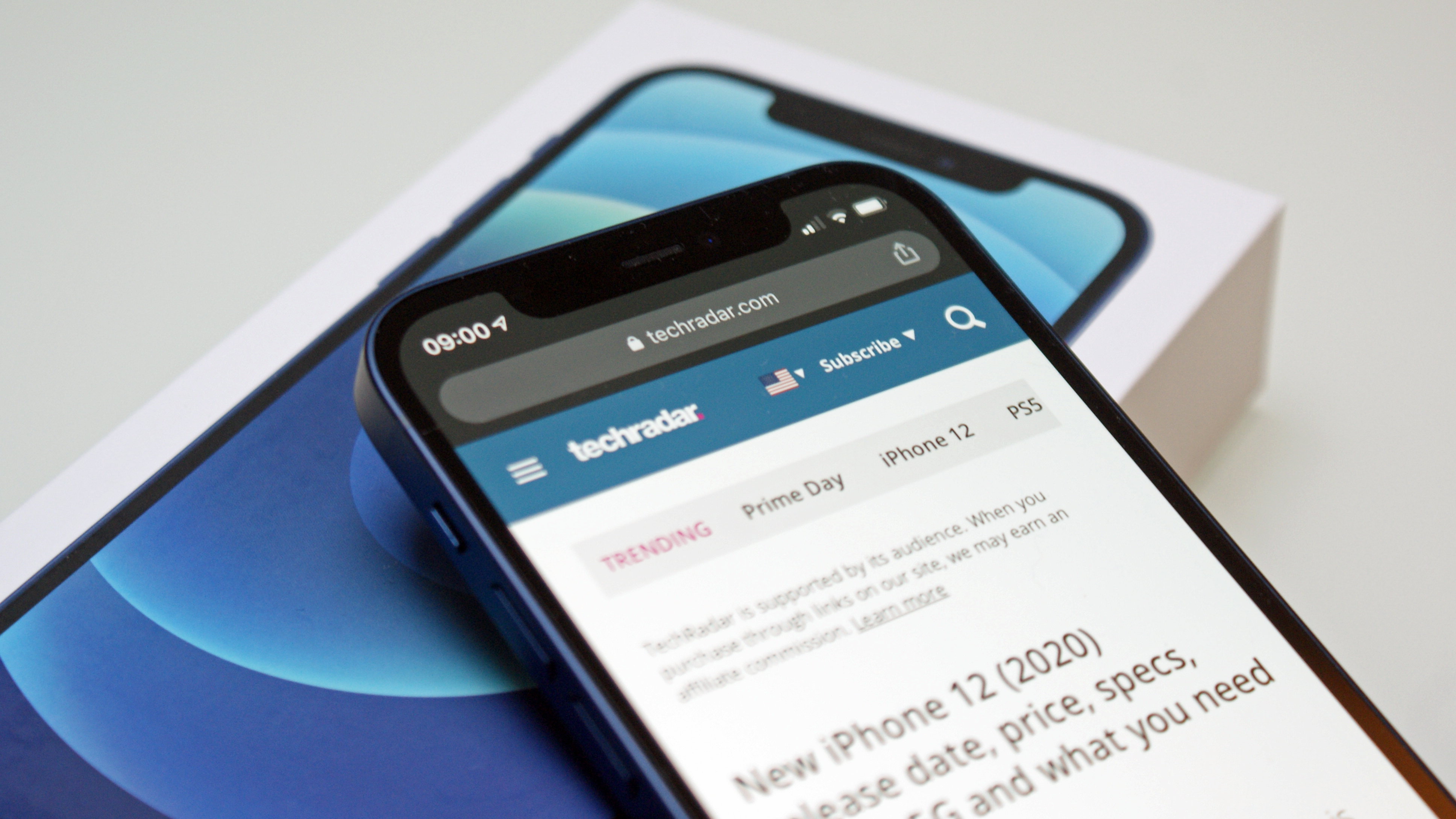
Indeed, the sheer performance headroom afforded by the A14 Bionic means that it isn’t really a matter of how well they run today’s applications. Rather, it’s about what we’ll be doing with our phones over the next two or three years. The likelihood is that both the iPhone 12 and iPhone 12 mini will still feel fast and fluid in several years time.
It’s also yet another reason to question why the iPhone 12 is a full $100 / £100 more expensive than its compact brother.
One issue we have with both phones is the lack of onboard storage as standard. The default 64GB model feels miserly and outdated, and you’ll soon fill that up if you take a lot of photos or like to keep a large media or app library to hand. The provision of 128GB and 256GB options is all well and good, but the former should be the entry point by now.
One other feature that’s shared between the two phones is 5G connectivity. We’re still not convinced that 5G really matters right now, as it’s far too scattered in its implementation. But it does mean that both phones are ready for when this network availability fills out over the coming years.
Battery life
Screen size and general proportions aside, the most meaningful difference between these two phones is their battery capacity.
The iPhone 12 sports a 2,815mAh battery, while the iPhone 12 mini runs off of a more compact 2,227mAh unit. In both cases, we were generally able to get through a day of moderate usage without having to plug into a wall socket.
iPhones are famously good at conserving power when in standby, and sure enough, lighter usage could see you going to bed with around half a tank full with the iPhone 12, and a little less so with the iPhone 12 mini. Moderate to intensive usage would leave us with 20% or so.
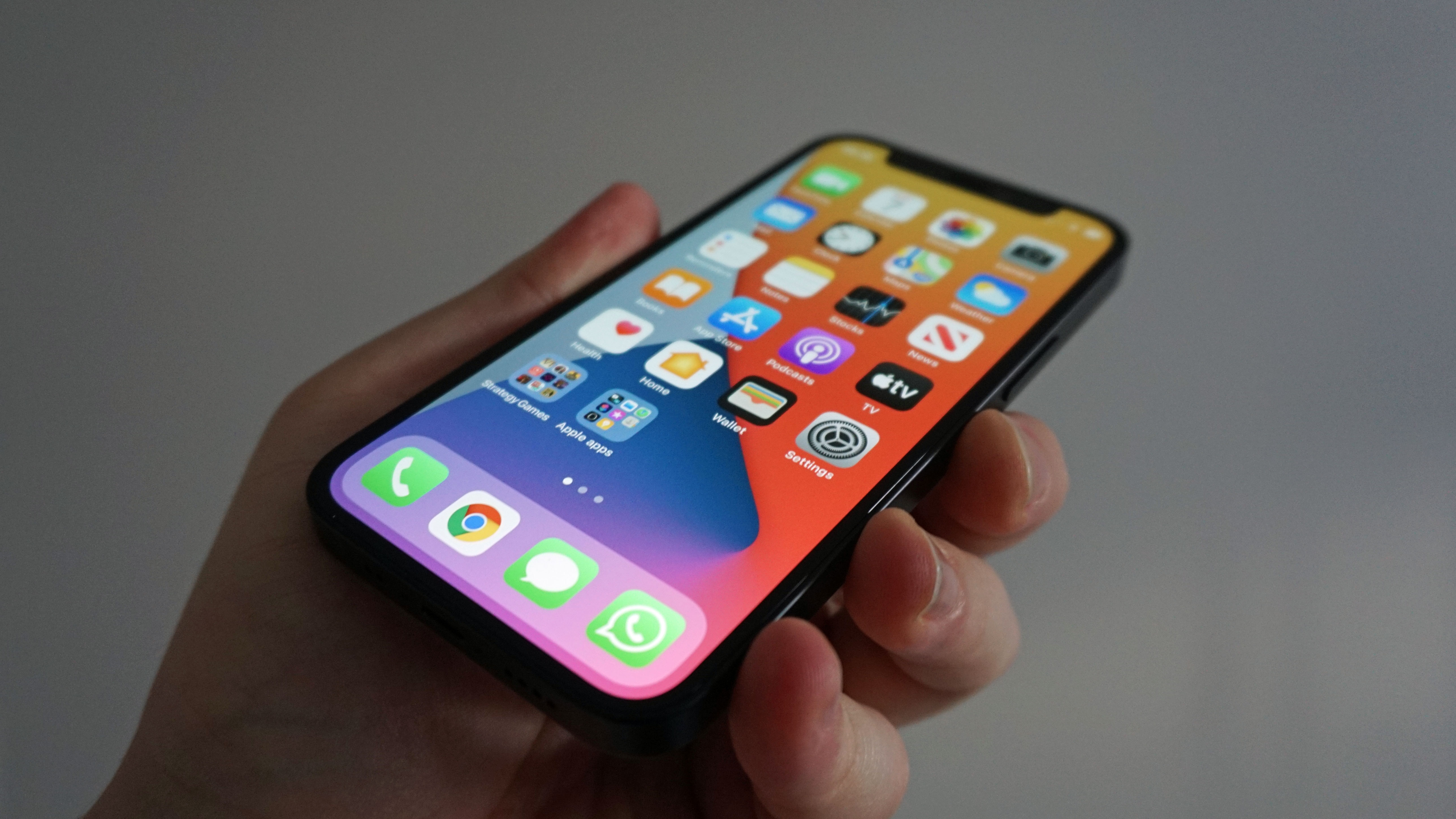
In both cases the frequent reliance on mobile networks over Wi-Fi would drain the juice more thoroughly, but the iPhone 12 mini’s smaller battery simply can’t stand up to such rigours as well as the iPhone 12. 5G access, in particular, is a real power drain.
Suffice to say, if you’re a heavy media consumer, or an avid gamer, the iPhone 12 will be a better shout. Not only do you get that extra screen space, but the battery will last you longer too.
Both phones have access to wired 20W charging (charger sold separately) and wireless charging (ditto). Support for the latter goes up to 15W for the iPhone 12 and a lesser 12W for the iPhone 12 mini. Sure enough, we found wireless charging to be slower on the iPhone 12 mini than with other phones in the range.
Apple’s revised MagSafe standard works with both phones, enabling you to clip compatible magnetized chargers and accessories to the backs.
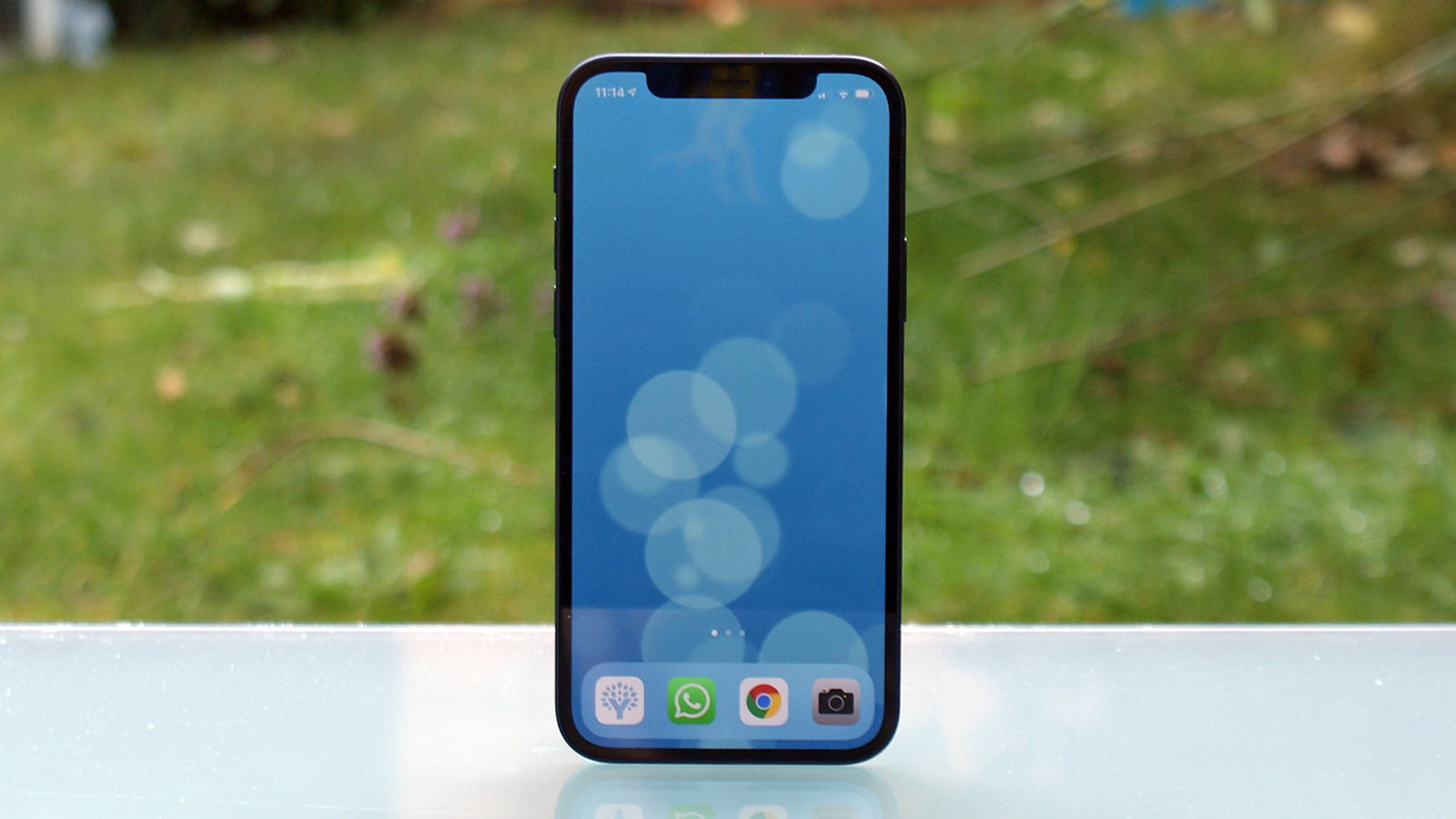
Takeaway
The iPhone 12 mini answers the prayers of a sizable minority of users who are after a genuinely small flagship phone. But what’s remarkable is just how capable it is compared to the larger iPhone 12.
Put simply, you’ll compromise on very little if you go with the iPhone 12 mini over the iPhone 12. Performance, build, and camera quality are all identical, and sit right near the peak of the wider smartphone industry.
If you’re a power user, a heavy media consumer, or an avid gamer, then the iPhone 12 remains a better bet. The extra screen space will make all the difference to your experience, and the extra battery life will prove invaluable.
For lighter and more occasional users, however, it’s genuinely tough to make a case for spending $100 / £100 extra on a functionally identical phone. Size matters, but not by that much.
- Stock up on the best free iPhone apps
from TechRadar - All the latest technology news https://ift.tt/3bUuf7Y

0 coment�rios: